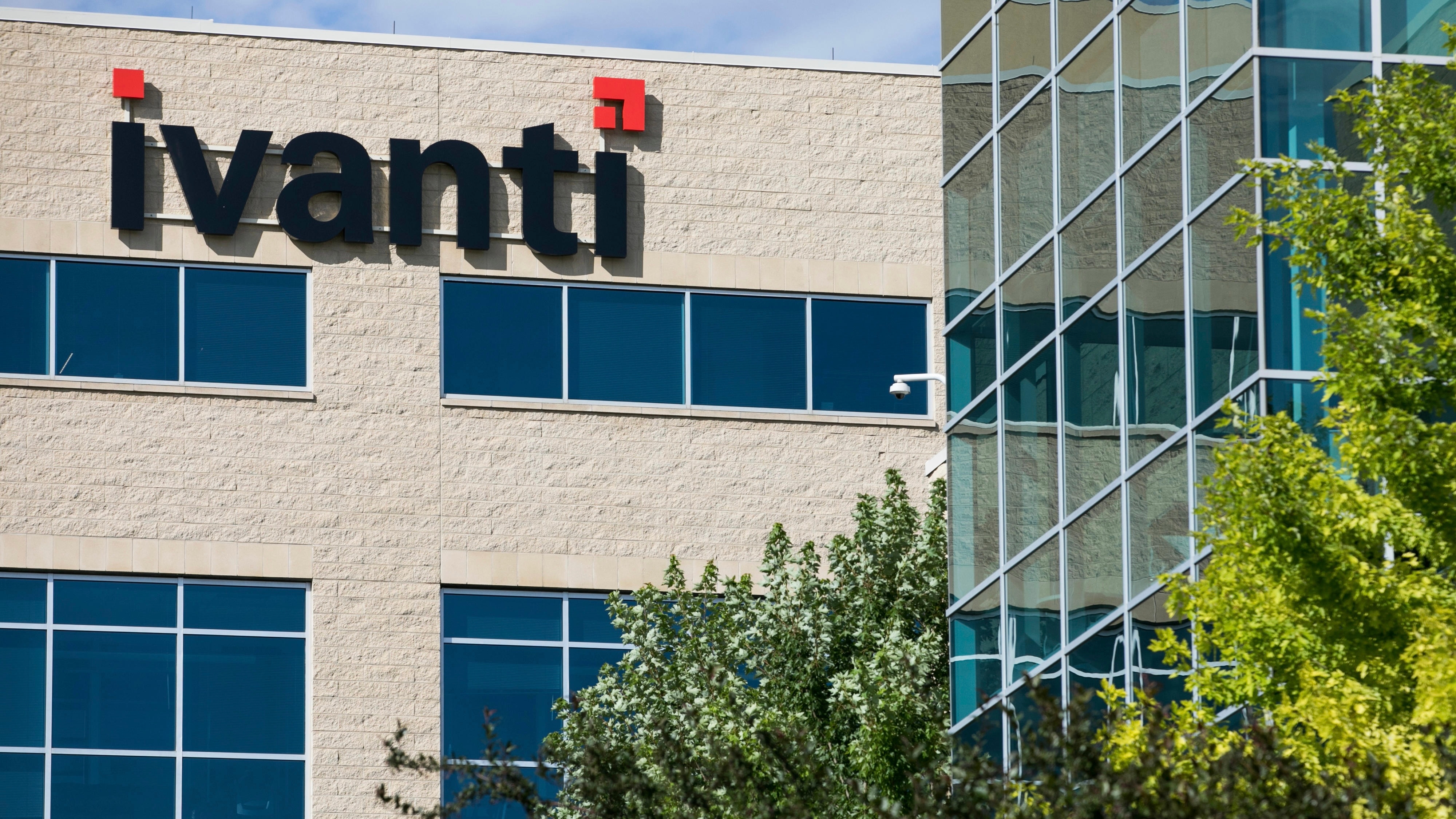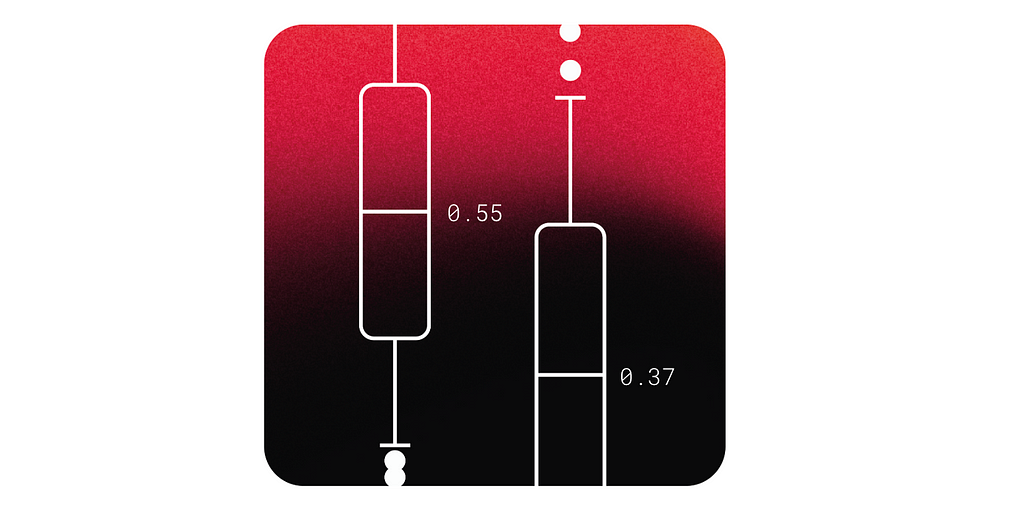The New Face of Stay-at-Home Motherhood
We must dignify time spent on family life as not just of value—but of substance, writes Neha Ruch.


I was two hours into hosting a brunch playdate with a few other couples and our respective first babies, cleaning up the remnants of our unwieldy everything bagels, when I realized that I had not been asked a single question all morning.
It was New York at the height of the Lean-In era, and we were a bunch of ambitious 30-somethings, so the conversation naturally centered around everyone’s jobs. In this case, we were all in the technology field—at least, up until now, we had been. Only a handful of months before, I’d left my job as the head of marketing at a start-up to focus on my family. Rocking my son in the quiet of those early nights, though tiring, brought a sense of peace—a new type of on-the-job learning, and fulfillment that I had been missing in the workforce. My husband and I ran the math on childcare, and I decided to take the opportunity to fully embrace and lean into staying home with my son. While the other two mothers at breakfast still had traditionally professional titles, I—without a business card but with a new mission—shared their drive to grow, network, and stay connected. [time-brightcove not-tgx=”true”]
Only, as I swept bagel crumbs off the counter, I felt the gulf between my life and theirs. As a “stay-at-home-mother” (SAHM), I was suddenly counted out of the conversation—literally and societally.
I knew I wasn’t alone. According to a 2024 report, Invisible Labor, Visible Needs, from Capita, approximately 1 in 3 families with at least one child under the age of 12 has a stay-at-home parent, totaling nearly 7.5 million families. These women are mostly millennials (born 1981 to 1996) or Gen Z (born 1997 to 2012), but the picture of what a SAHM looks like is stuck in the 1950s. In the 2023 American Mothers on Pause (AMP) survey, a survey conducted on behalf of my eight-year project Mothers Untitled, the most commonly cited image of the SAHM was June Cleaver. But that dated fictional character doesn’t match the complex reality of the modern mothers I met on playgrounds and at meetups—women who were the opposite of old-fashioned, dull, or traditionalist.
These women became mothers later in life than previous generations, with the average age of first-time motherhood creeping up to 30 years old in 2024. They’d clocked in nearly a decade of education and work experience before stepping into parenthood. Many of these women strategically chose to pause their hard-won careers, whether for economic reasons (full-time child-care costs an average of $11,582 per child in 2023, according to Child Care Aware of America) or the valid desire to spend more time with their kids or have less stress in the home.
But just because they choose to be full-time caregivers for a chapter doesn’t mean it’s easy work. Over crawling babies, these women shared similar experiences to that early brunch: a feeling of being counted out and overlooked. This is what led me to begin Mother Untitled—to uncover why and to help count us back in.
Over the course of my work, I’ve grown alongside this community of women who embody the new face of stay-at-home motherhood. I’ve met and interviewed hundreds of them. None resemble that outdated caricature, but the overwhelming majority of them—80%—say they feel misunderstood and undervalued.
Read More: The Heart-Shattering Feeling of Going Back to Work After Having a Baby
Kristin Rumpf, a NASA engineer who, after a 10-year career at the Kennedy Space Center, relocated her family to Texas to raise her two children told me, “Being able to be part of [NASA] was special to me. I enjoyed knowing that I was part of something big.” While NASA had been her identity, after her first daughter was born, she didn’t see a world where she wanted to do “the juggle” or contend with “those irregular hours when there with other responsibilities.” She had her daughter at age 33, felt she’d accomplished a lot in her career, and wanted to take more time to be with her children. Despite valuing this time at home and the lessons gained, Rumpf shares a common experience, confiding, “You get asked, ‘What do you do?’ and as a stay-at-home parent, the title doesn’t generate the same level of respect as you know, NASA engineer and I missed that.”
Despite lacking a seemingly important title in a culture that assigns little value to family life, modern mothers constantly tell me how they collect new skills, exercise creative muscles, and find their way to new communities and interests during their career pauses. Recent research conducted by Harvard Business Review shows that caregiving enhances leadership skills, including empathy and efficiency. Yet sadly, parenting is often reduced to laundry and diapers, while in reality the learning and development needed to raise children is just as, if not more, complex than the work many of us do at the office—in the quiet conversations at bedtime, the extended dialogue with insurance companies for coverage for children’s special services, or the careful forging of supportive networks and communities.
Renee Manorat, a Harvard Kennedy School graduate who worked in international development, took a career break and shared with me that while she once thought of the worst stereotype of “a stay-at-home mom,” now, she points to two facts: our culture profits off of the intensity of parenthood but does not take the work seriously. Research shows that millennial mothers spend $231.6 million on parenting books yearly and $141.1 million on apps. Surgeon General Vivek Murthy’s 2024 advisory on parental burnout pointed to navigating new stressors like technology, cultural pressures, and children’s health and safety. Intensive parenting is worth reexamination, but in this ever-changing landscape, it is also necessary to find thoughtful, intellectually stimulating ways to manage the needs and care of families today. If we infuse caregiving with the dignity it deserves, parents on career pauses are more likely to get the support they need and the respect they deserve when, and if, they decide to return to paid work.
In the interim, the onus remains on returners to carve a strategic path back to paid work. Parents on career pauses today have a wealth of digital tools and resources available to stay connected to the workforce in small and big ways: online certifications, volunteering, and freelance work, for example. The shut-in tropes of the stay-at-home parent no longer apply—these women are neither disconnected nor stagnant.
Chinue Richardson, who parted with a tier-one law firm for a family relocation, decided to use the break from law to try her hand at podcasting. Like 90% of SAHMs, she intended to return to work outside the home. “I didn’t think about it because it’s just how I move through the world; I kept connections and relationships going.” Practically speaking, a mentor advised her to keep her Bar Association status—maintaining her professional credentials and staying current with legal education requirements. Her job search took four months, and in fact, one recruiter at a tech company advised her to put “career sabbatical to care for your children” on her resume. She did, and she said the minute she reframed her career pause, she received much more interest as a job candidate. She ended up going in-house at a prominent Bay Area media technology company.
Similarly, Rumpf is now a parent of teenagers. During the 2020 pandemic, she found an outlet for her technical skills, supporting her husband to translate his coursework (as a professor) online, discovering a new interest and the intersection of education and technology. Now, with 15 and 17-year-olds, she’s “exploring multiple avenues.” Her resume boasts a career that did not evaporate, combined with a collection of non-traditional experiences gained as the head of her household. Together, they form an impressive, albeit non-linear, career portfolio.
Rumpf tells us, “There’s a lot of potential—we have other interests, we have lives we want to live, and so making people realize that we’re more than just stay-at-home parents, I think is really vital.”
While we may have been different then, the other two women at that breakfast I hosted all those years ago also went through their own career shifts over the decade in between. In fact, according to the AMP survey, 1 in 3 women working out of the home will pause their career in the next two years. One in two are considering a downshift in the next two years. We are all more alike than we are different. It’s time the language we use caught up to our collective experiences as mothers, too.
Over nine years, I used the fringe hours of family life to plant seeds for this work and dialed it up when my two children eventually aged into full-time school. I now work full-time out of the home, albeit for myself. My work is made better from the superpower of perspective, experience, creative experimentation gained in those seemingly ordinary days.
It’s time to understand better what happens during time away from the workforce, and how that can fit into long, sustainable career stories and lives. In a society that is finally waking up to the fact that we’ve chronically undervalued unpaid labor, our next step is to dignify time spent on family life as not just of value—but of substance.
What's Your Reaction?

















































